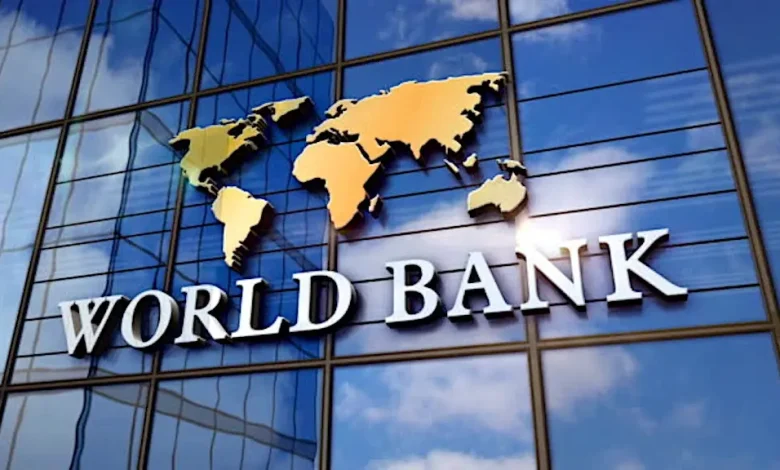
In a bid to ease the financial burden on the world’s poorest and most vulnerable countries, the World Bank has announced the removal of several loan fees and projected a significant drop in global commodity prices through 2026.
The global development institution shared the news on its official X (formerly Twitter) handle, revealing the scrapping of the prepayment premium on International Bank for Reconstruction and Development (IBRD) loans, as well as the introduction of a grace period for commitment fees on undisbursed balances. The reforms also extend low-cost pricing for small, vulnerable states.
The IBRD, a member of the World Bank Group, is working to make borrowing less burdensome for nations in need of development financing. The institution emphasized its commitment to improving access to loans and facilitating easier repayment processes. These measures are part of a broader strategy to increase the World Bank’s lending capacity by $150 billion over the next decade.
The adjustments include changes to the IBRD’s equity-to-loans ratio, which will be reduced from 20% to 18%, unlocking an additional $70 billion in lending potential. Furthermore, $10 billion in bilateral guarantees and $1 billion from the Asian Infrastructure Investment Bank will contribute to the bank’s efforts to support vulnerable countries.
In a related update, the World Bank also projected a near 10% drop in global commodity prices from 2024 to 2026, although prices will remain higher than pre-pandemic levels. The bank’s 2024 Year in Review report, released yesterday, noted that global food prices would continue to pose a significant challenge for developing countries, where food-price inflation remains double that of advanced economies. Overall, commodity prices are expected to be 30% higher than they were during the five years before the COVID-19 pandemic.
The report, titled 2024 Key Development Challenges in Nine Charts: How the World Is Off-Track to Reduce Poverty, pointed out that, despite the challenges of multiple global shocks, the global economy is beginning to show signs of stabilization. However, while advanced economies have largely recovered, developing countries still lag behind. Low-income nations risk falling further behind due to persistent economic setbacks.
The report highlighted the harsh reality that the goal of ending extreme poverty globally by 2030 is increasingly out of reach. The pace of poverty reduction has stalled due to factors such as sluggish economic growth, lingering effects of the COVID-19 pandemic, crushing debt burdens, and escalating fragility and conflict. Climate change and extreme weather events further threaten to reverse progress.
The World Bank revealed that 1.2 billion people worldwide are at life-changing risk from climate-related hazards, including floods, heat waves, droughts, and cyclones. Many of these individuals live in International Development Association (IDA) countries, where nearly half the population is at high risk. To mitigate these dangers, the bank emphasizes the need for faster, more resilient development and targeted adaptation interventions.
Global growth is expected to stabilize at 2.6% in 2024, with a slight increase to 2.7% in 2025 and 2026. However, this growth rate remains well below the pre-pandemic average of 3.1%. Developing economies are projected to grow at 4% in 2024, slightly slower than in 2023, meaning that countries representing over 80% of the global population and GDP will continue to grow at a pace slower than they did in the decade before the pandemic.





